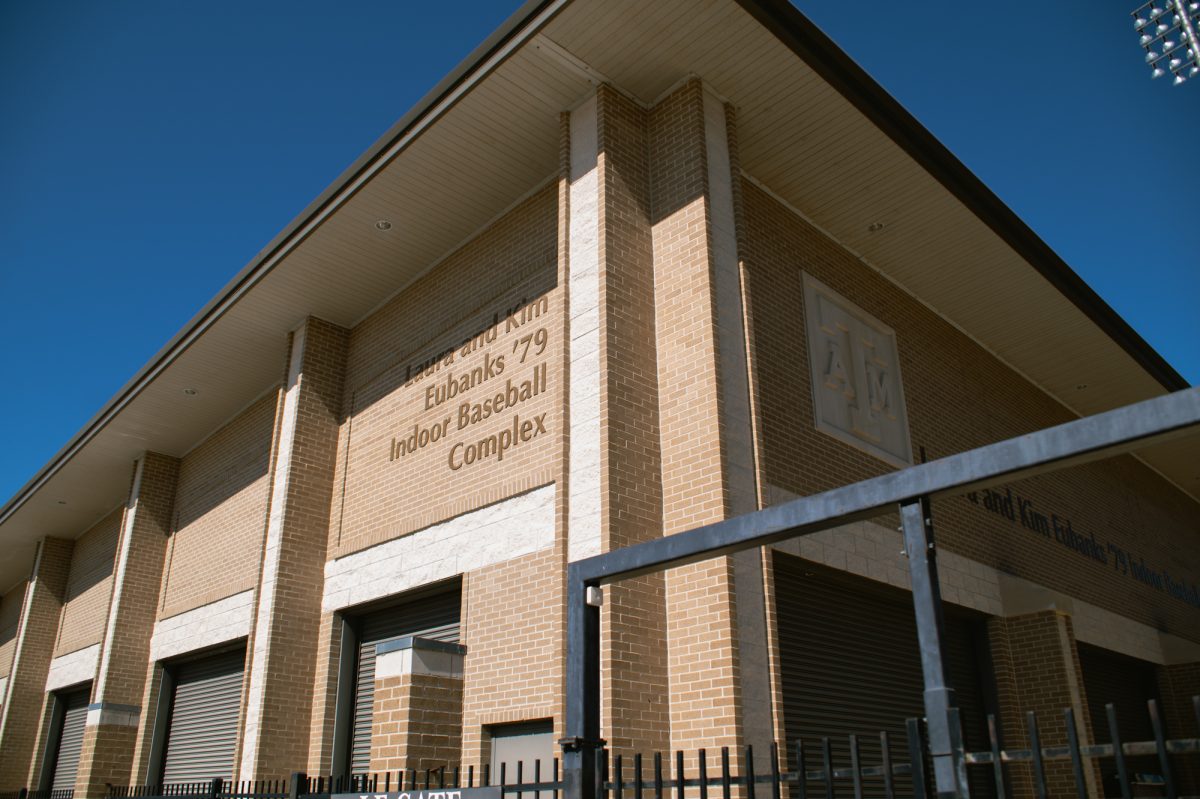Students are constantly being told to be successful post-graduation. They should get experience in their field of study during college. Whether its an internship, co-op or research with a professor, employers are always looking for young adults who have some kind of background experience. Texas A&M offers many opportunities for its students to gain this type of experience. One of which being the not-so-conventional group of storm chasers in the geosciences department of meteorology.
Ever since I was young, I have always been fascinated with severe weather, said Texas Aggie Storm Chaser and meteorology major Lacy Pakebusch. When I realized we had a storm chasing group, I knew this was my chance to see a tornado with other storm junkies just like me.
Texas Aggie Storm Chasers, TASC, is an organization that was designed to enhance the learning experience for meteorology students. The goal of the group is to apply what is learned in the classroom to real life situations.
Whenever conditions are favorable for severe weather, the group begins looking at the potential for tornadic activity, said Cody Webb, junior meteorology major and president of TASC. If the group determines that the tornado potential is high enough, we go out and chase the storms.
Safety is a high priority for the group. Before becoming a member, students must attend mandatory safety training to learn the dos and donts of chasing.
Each chaser car has radios for communication and a radar, Pakebusch said. We never chase into a storm or puncture the hail core. We do not make unnecessary calls, and we always keep the team and cars safe from high winds, hail, debris and especially tornadoes.
Sophomore meteorology major Cameron Batiste joined the organization as a freshman. He said the experience has proved to be both educational and exciting.
My favorite part is the process of the chase: looking at the model and figuring out which place would be best to set up for seeing the possible twisters at the perfect angle, Batiste said. There are so many tiny things that go into it. [One example is] having back-up roads just in case things go wrong and the storm makes a sudden track towards your location.
TASC is not only known for giving hands-on experience with severe weather, but the organization also gives students a break from the classroom.
Meteorology majors have so many math and science classes that sometimes it becomes too burdensome to the point where you want to give up. Batiste said, Storm chasing gives me the break I need to apply the things Ive learned while showing me what Im working towards.
Student storm chasers encounter a variety of weather phenomena and learn first-hand about thunderstorm structure. Some aspects include cloud types, precipitation and, of course, tornados. While on the chase, an all-in-one weather sensor is attached to the hitch of the vehicle to obtain wind velocity, pressure, temperature and relative humidity. This allows them to study the storm further once they get back to the classroom.
Each car has a team leader who interprets storm information using radar software on laptops, Webb said. When we observe things such as rotating wall clouds, tornadoes and/or hail, we call it in to the local weather office or national weather service office in order to let them know what we are actually seeing in the field. This helps them determine whether or not they should place a warning on a storm, just a watch it, or nothing at all.
Storm chasing reinforced the students choice to study meteorology, as well as gave them an opportunity to encounter severe weather.
Chasing, an educational thrill, manifests the material these students study in class.
Chasing allows students to experience the things we learn about in class, Webb said. It is an exhilarating and highly educational experience.
Storm chase
October 23, 2012

0
Donate to The Battalion
$1865
$5000
Contributed
Our Goal
Your donation will support the student journalists of Texas A&M University - College Station. Your contribution will allow us to purchase equipment and cover our annual website hosting costs, in addition to paying freelance staffers for their work, travel costs for coverage and more!
More to Discover









